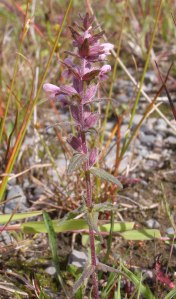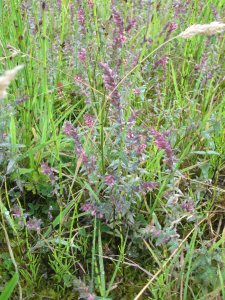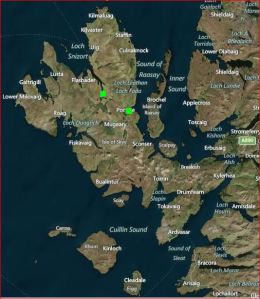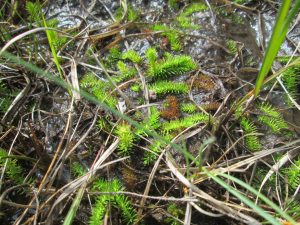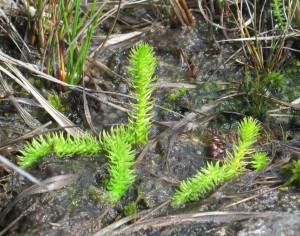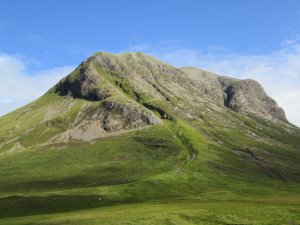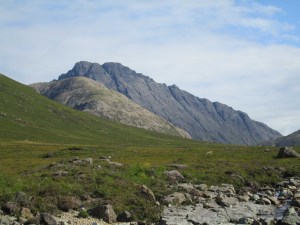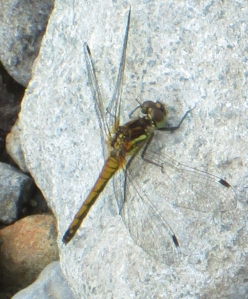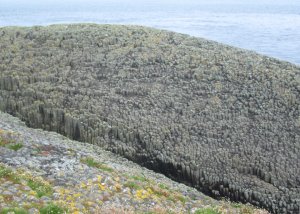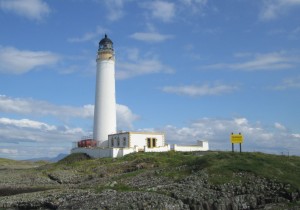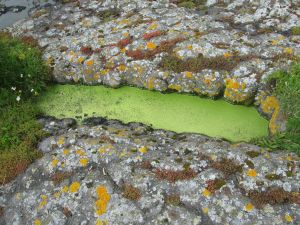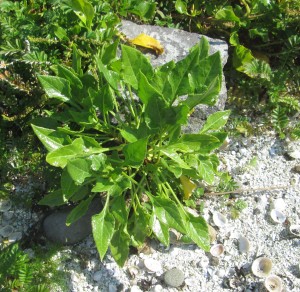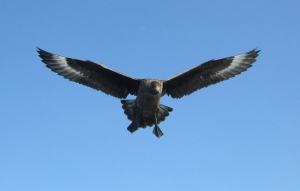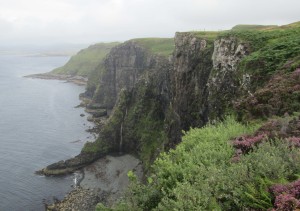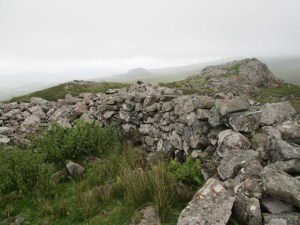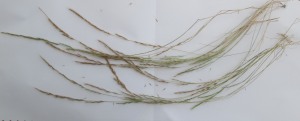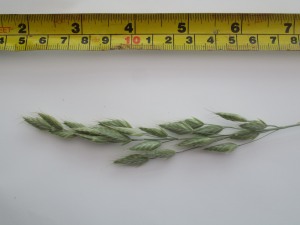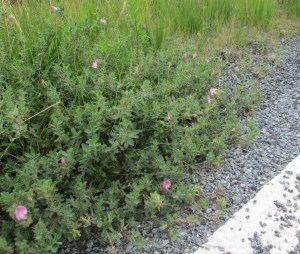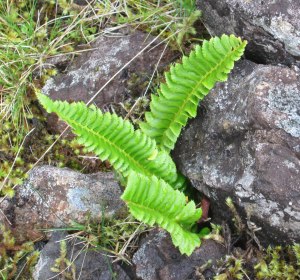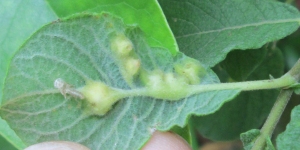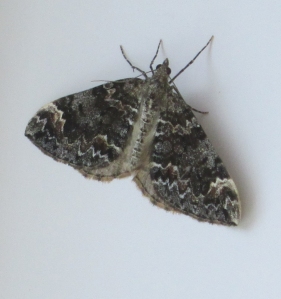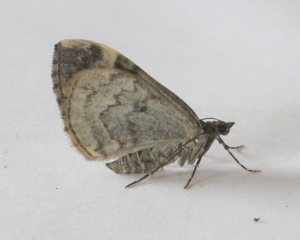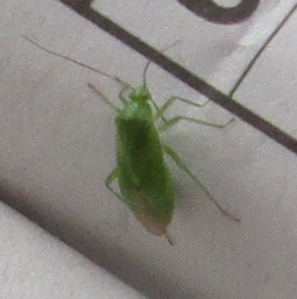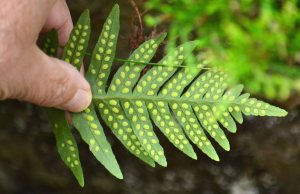I forgot to mention that when Joanna & Julian were on Skye they found Elymus caninus (Bearded Couch) growing on a roadside in Broadford. By the time I got there the verge had been recently shaved but I found some detached flowering culms. This is the first roadside site in the vice-county, others being on rock outcrops. Also, they recorded from tetrad NG46J which starts very near the Quiraing car park but had no previous records, so that was most helpful.
John was inspired to find more ergot (Claviceps purpurea) and at a single visit found it on Phalaris arundinacea (Reed Canary-grass), Dactylis glomerata (Cock’s-foot) and Holcus lanatus (Yorkshire-fog) near Uig. So much for it being rare on Skye.
I could have added yesterday that I noticed three types of alder gall: Alder Bead Gall (Eriophyes laevis), Alder Vein Angle Gall (Eriophyes inangulis) and Alder Tongue Gall (Taphrina alni). The first two are caused by mites and are common locally but the last, caused by a fungus, takes a bit more finding.
The next Skye Botany Group meeting will be on Friday 6th September starting at Heaste and heading for Boreraig. Let me know if you want to join us.
